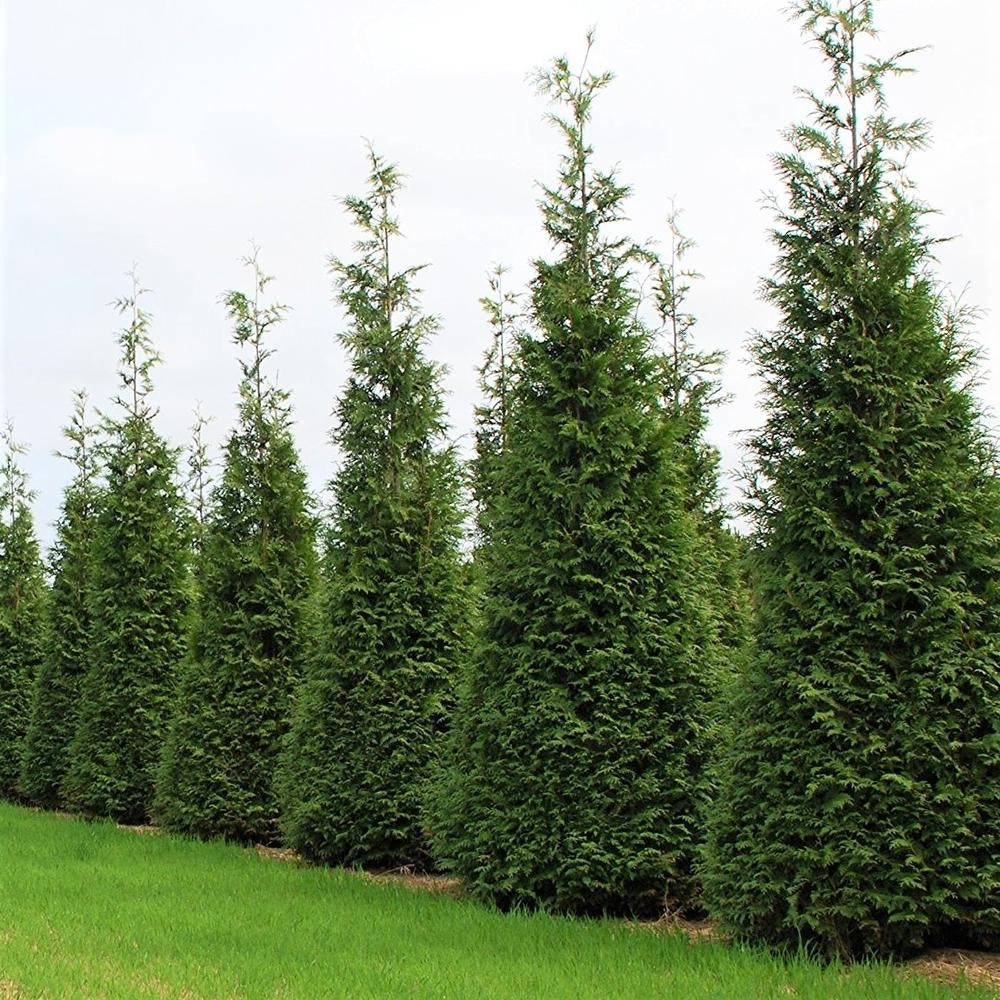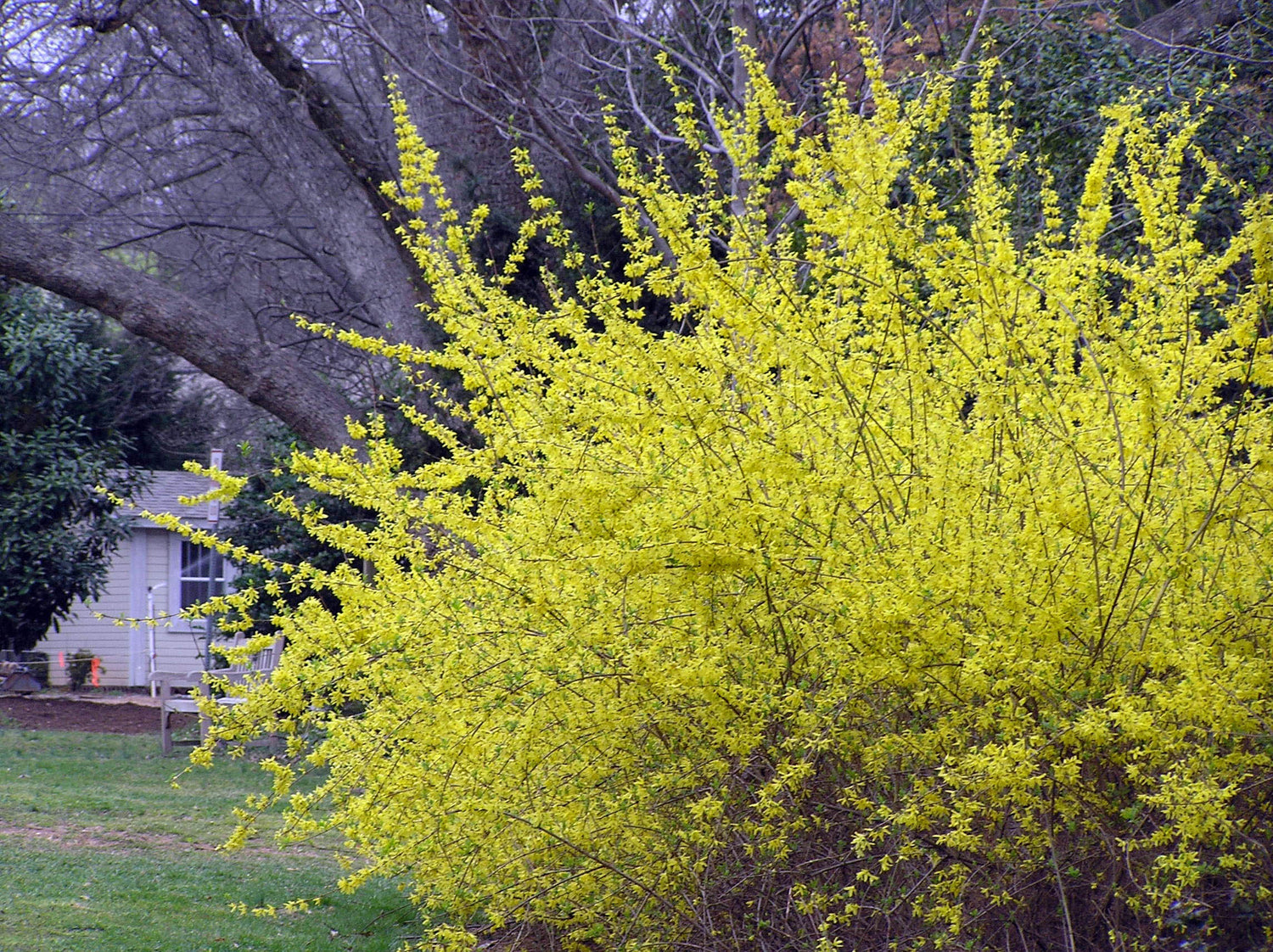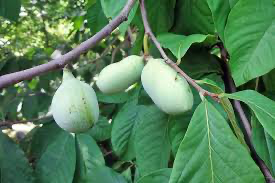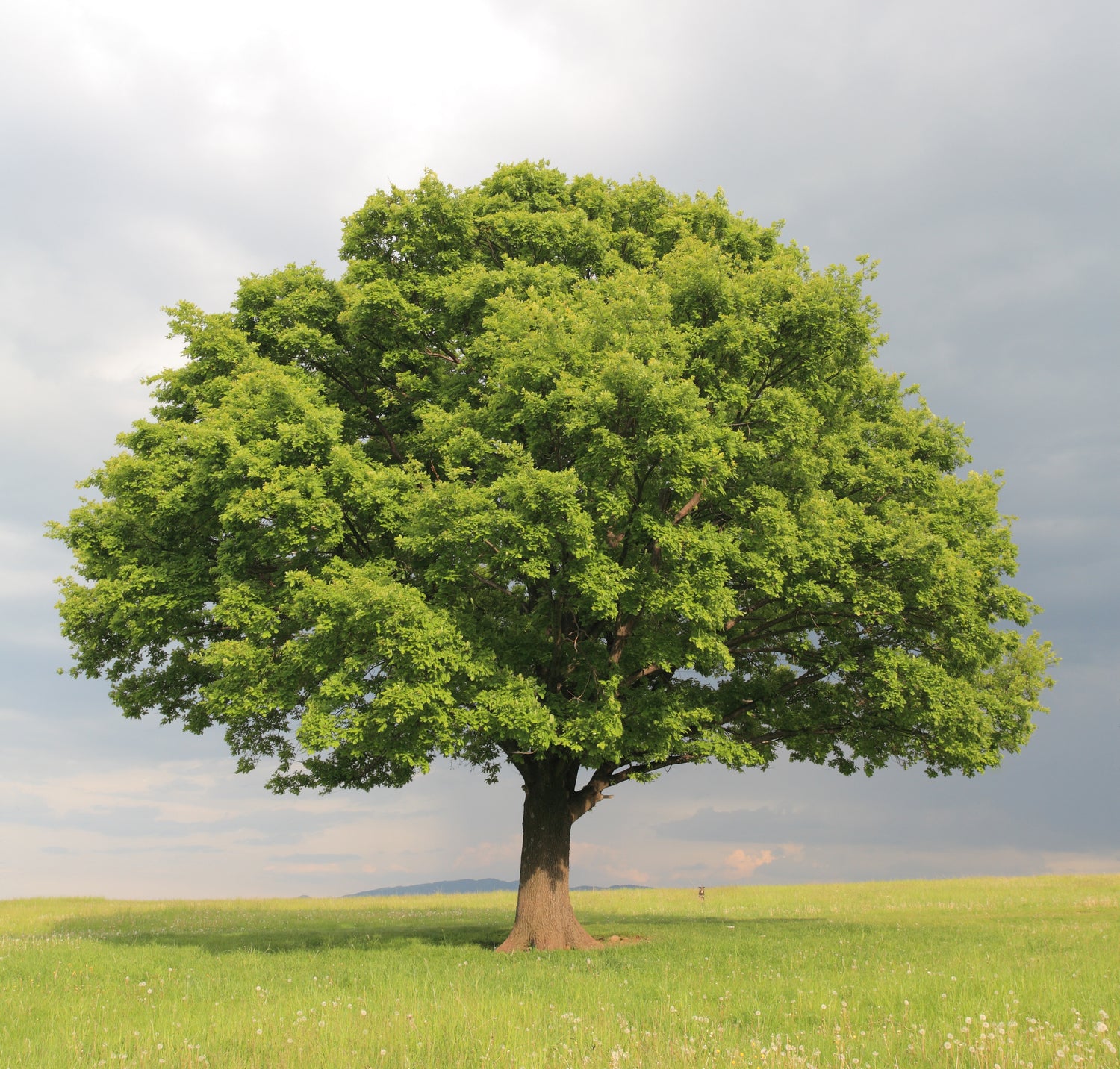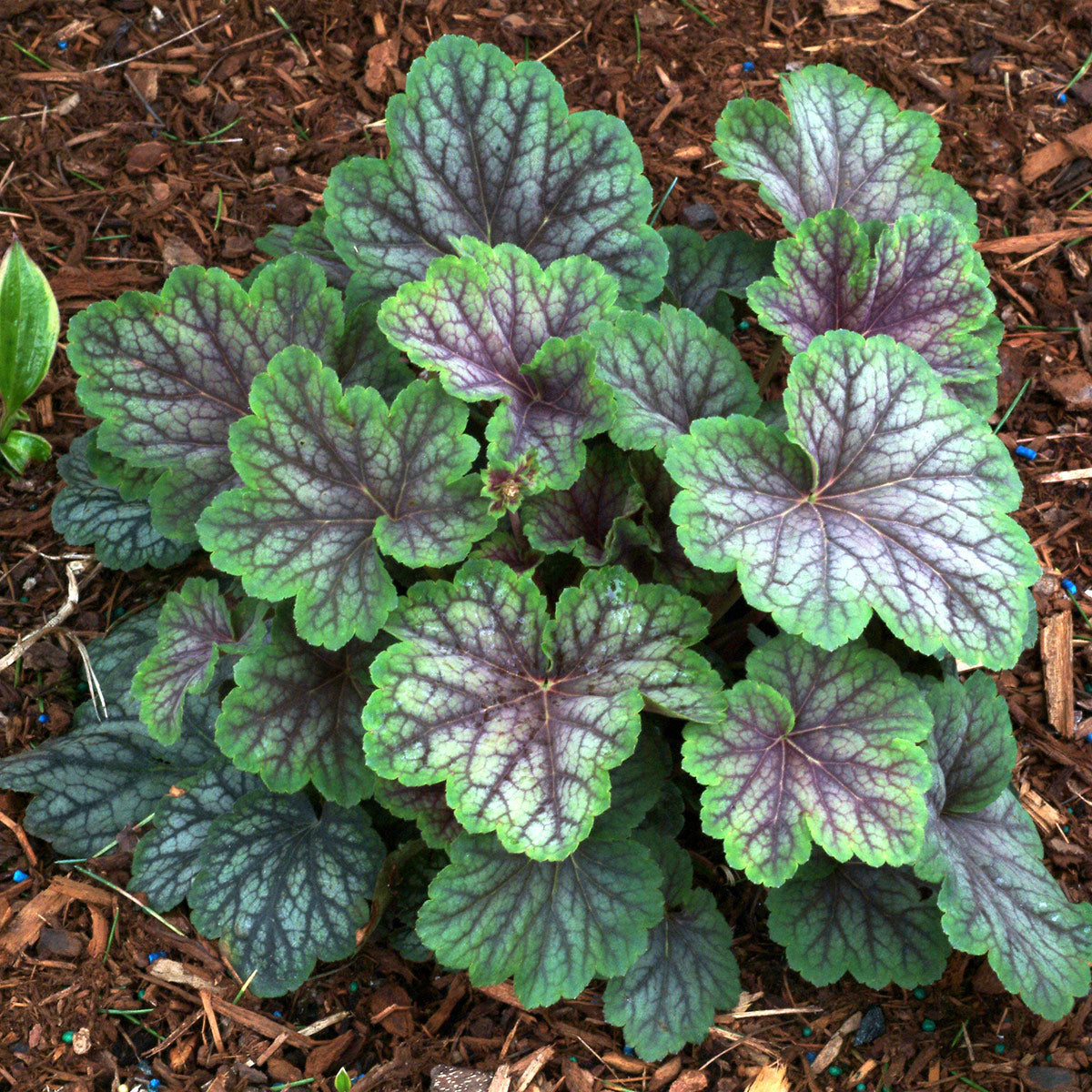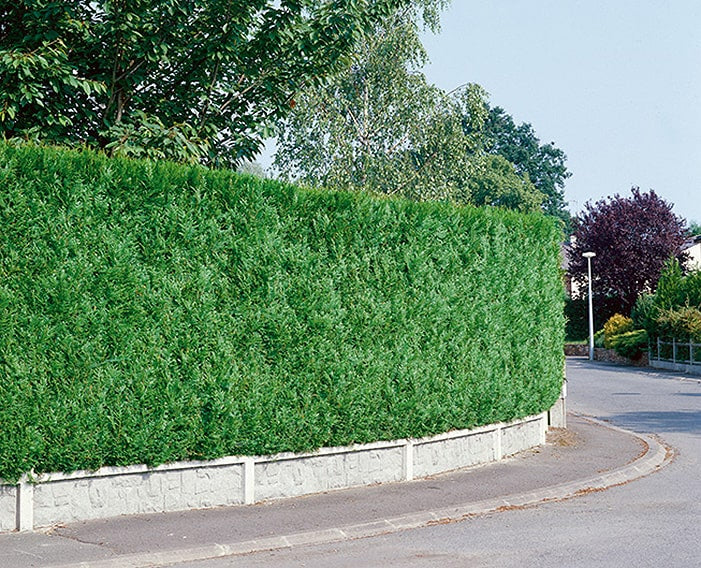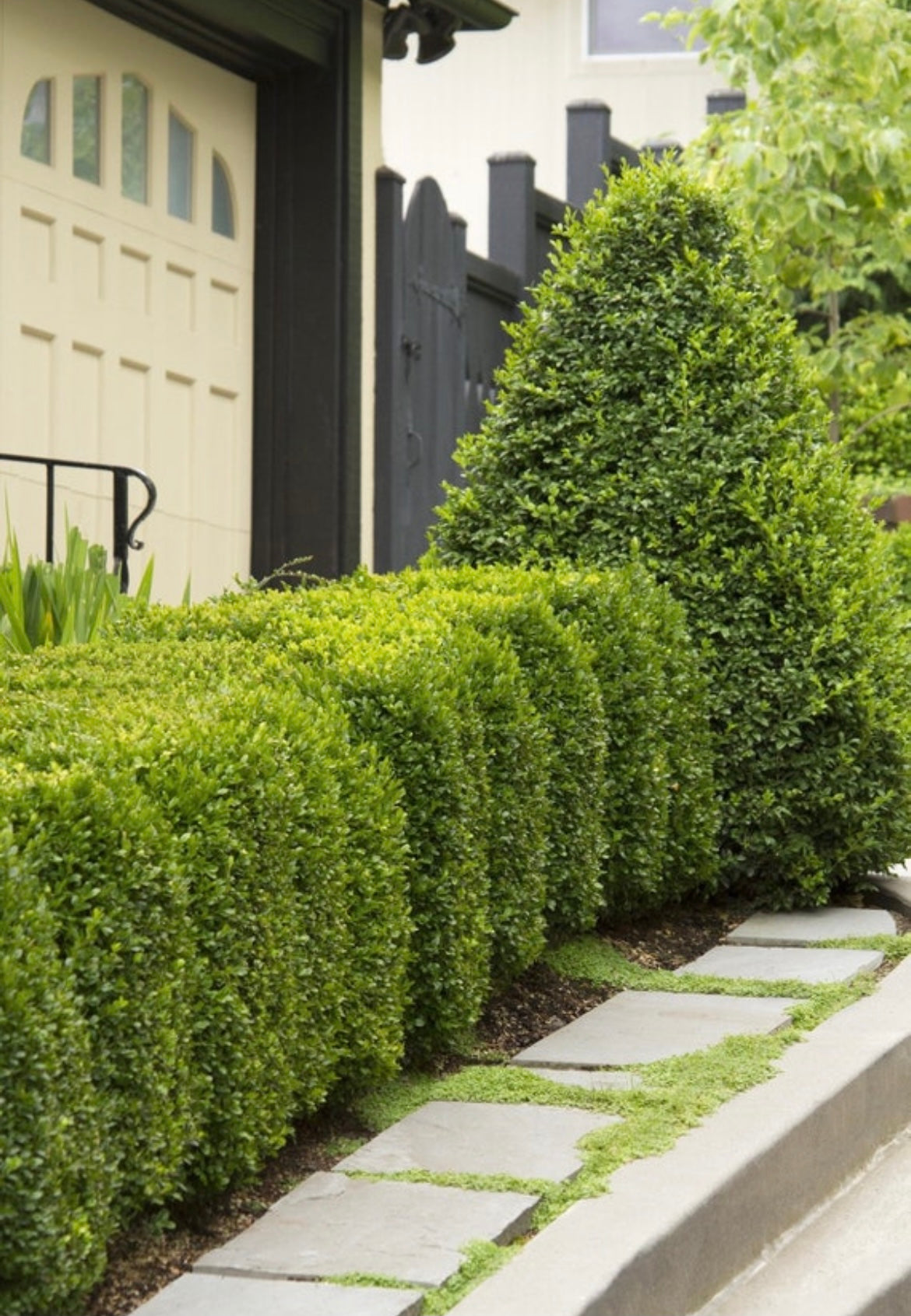Are Silver Maple Trees Messy?
Silver maple trees (Acer saccharinum) are known for their fast growth and striking silver-gray bark, making them a popular choice for landscaping in many regions. However, one potential downside of silver maple trees is their messiness. Silver maple trees produce numerous seeds, called samaras or "helicopters," that can create a significant amount of litter in the form of seeds and leaves, especially in the fall. The constant dropping of seeds and leaves can be a nuisance to homeowners who have to clean up their yards frequently. Additionally, silver maple trees are also known for their weak wood, which can make them prone to breaking during storms, adding to the mess and potential hazards in your yard.
You can buy silver maple trees right here on our website! WeaverFamilyFarmsNursery.com
Where do Silver Maple Trees Grow Best?
Silver maple trees are native to eastern and central North America, and they can be found in many parts of the United States, including the Midwest, Great Lakes region, and Eastern Seaboard. They are typically well adapted to grow in a variety of soil types, including clay, loam, and sandy soils, and can tolerate a wide range of environmental conditions, from wet to dry sites. Silver maple trees are often found in floodplains, along rivers and streams, and in low-lying areas where they can access abundant water resources. However, they can also be grown in urban and suburban areas, where they are commonly used as shade trees or ornamental trees in landscaping.

Do Silver Maple Trees Have Invasive Roots?
One of the controversial aspects of silver maple trees is their invasive roots. Silver maple trees have shallow and extensive root systems that can spread out far beyond the tree's canopy, often reaching twice the size of the canopy in search of water and nutrients. This aggressive root system can potentially cause damage to sidewalks, driveways, and even foundations of buildings. Moreover, the dense network of roots can compete with other plants for resources, making it difficult to grow grass or other vegetation under the tree's canopy. As a result, silver maple trees are not recommended for planting near structures or in areas with limited space for root expansion.
How Fast Do Silver Maple Trees Grow?
Silver maple trees are known for their rapid growth, and they can grow up to 2-3 feet per year under optimal conditions. They can reach heights of 50-80 feet with a spread of 35-50 feet, forming a large and broad crown that provides ample shade. The fast growth rate of silver maple trees can make them an attractive option for homeowners who are looking for a quick-growing tree to provide shade or screening. However, the rapid growth also means that silver maple trees require regular pruning and maintenance to maintain their shape and structural integrity, as their weak wood can be prone to breakage during storms or high winds.
In conclusion, silver maple trees are a popular choice for landscaping due to their fast growth, attractive appearance, and adaptability to various soil types and environmental conditions. However, they also have some drawbacks, including their messiness due to seed and leaf litter, potential for invasive roots, and weak wood. Careful consideration should be given to their placement in the landscape to avoid potential issues with their invasive roots and to manage the mess they can create. If you decide to plant silver maple trees, be prepared for regular maintenance and pruning to ensure their health and safety. As with any landscaping decision, it's important to weigh the pros and cons before choosing silver maple trees for your property.
If you need a quick shade tree, not close to a home. That is where these will work great!

